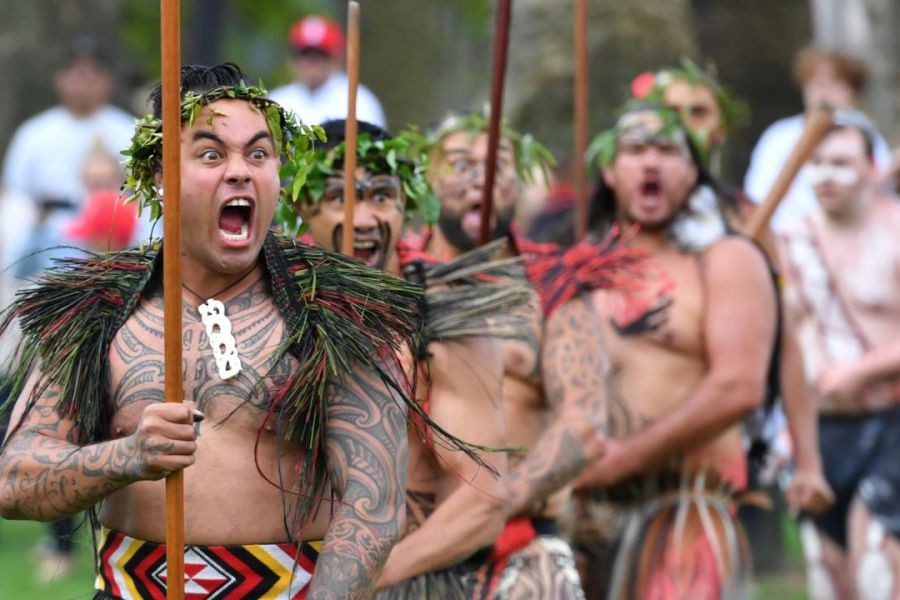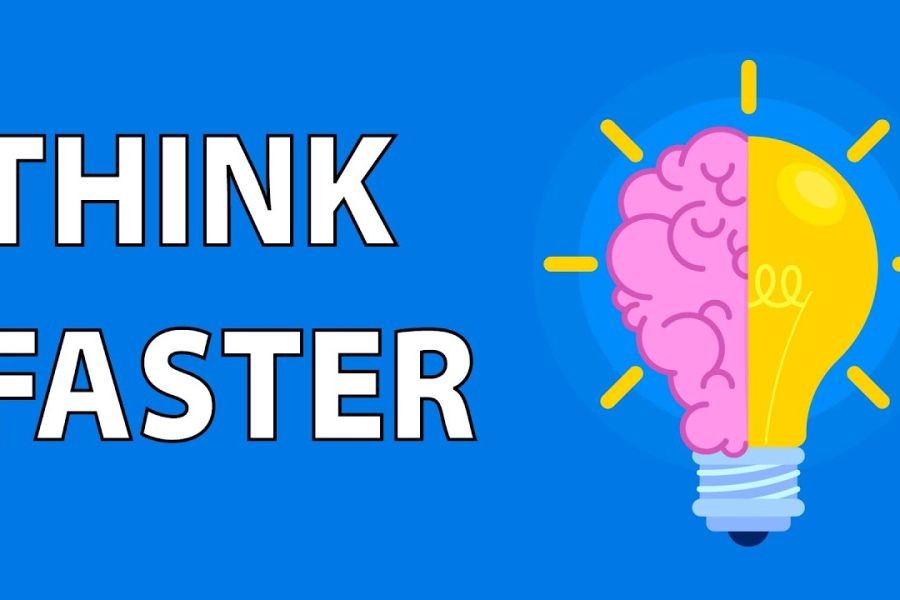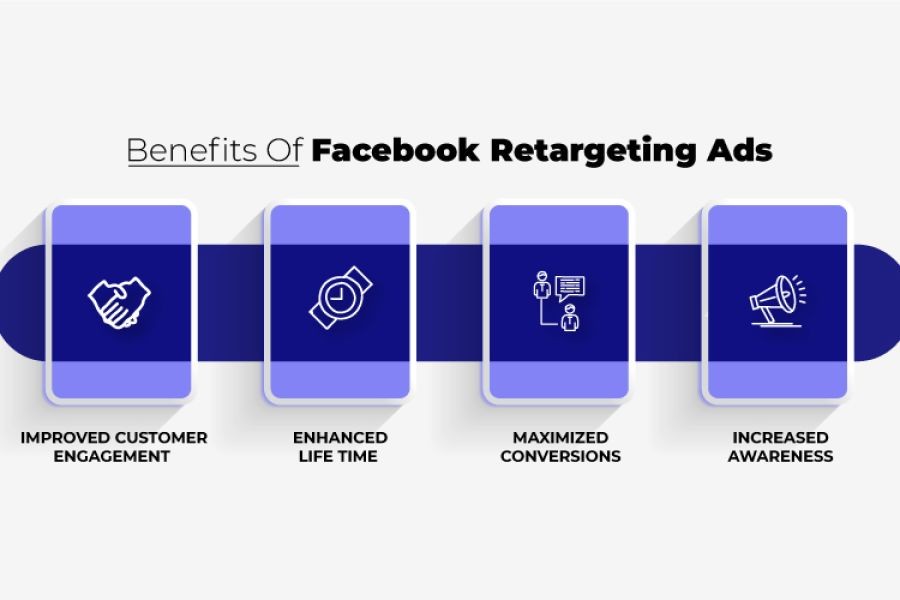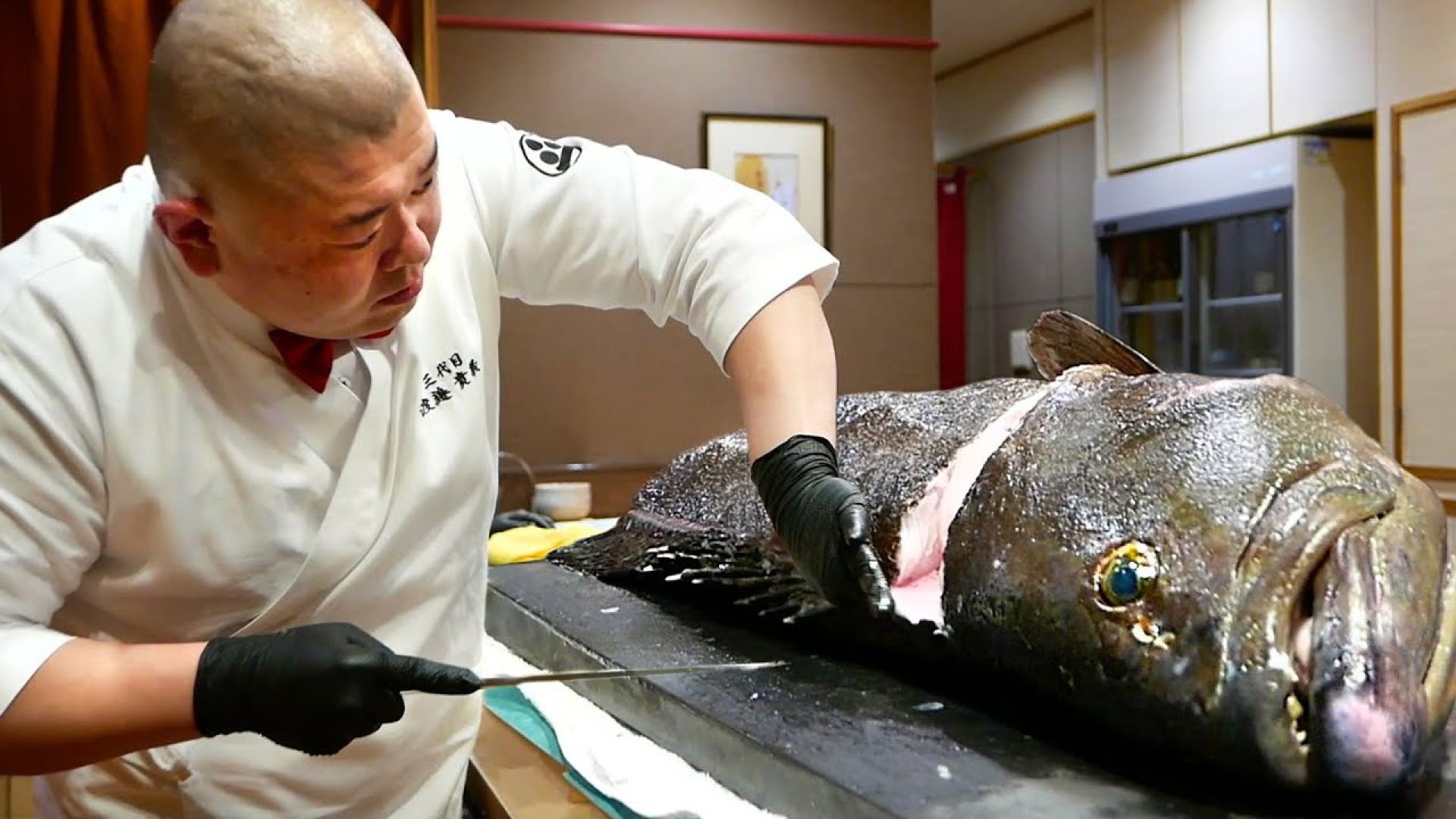In the heart of New Zealand, where tradition intertwines with modernity, Maori cultural revitalization projects stand as a beacon of reconciliation and growth. As the country navigates the complexities of economic development and cultural preservation, understanding how to effectively engage in these initiatives is crucial. For economists and policymakers, these projects offer a unique opportunity to create sustainable economic models that honor tradition while embracing innovation.
The Economic Significance of Maori Cultural Revitalization
Maori cultural revitalization is not just about preserving heritage; it's a critical component of New Zealand's socio-economic fabric. The integration of Maori perspectives can lead to more inclusive economic policies and practices. For instance, the Maori economy, which contributes over NZD 50 billion annually, is a testament to the potential of culturally-informed economic strategies.
Case Study: The Rise of Maori Tourism
Consider the burgeoning Maori tourism industry. With its deep roots in storytelling and cultural exchange, this sector has seen a growth rate of 15% annually, according to the Ministry of Business, Innovation, and Employment (MBIE). The integration of Maori culture into tourism not only attracts international visitors but also enriches the local economy by creating jobs and fostering community development.
Comparative Analysis: Global Examples and NZ Applications
Globally, cultural revitalization has been a catalyst for economic transformation. Take the case of the Sami people in Norway, whose cultural tourism initiatives have significantly boosted local economies. Applying similar frameworks in New Zealand could enhance the economic impact of Maori cultural projects.
Pros & Cons of Maori Cultural Revitalization Projects
✅ Pros:
- Economic Inclusion: These projects foster economic inclusivity by creating opportunities for Maori communities.
- Cultural Preservation: They ensure the continuation and celebration of Maori traditions.
- Tourism Growth: They boost the tourism sector, attracting visitors interested in authentic cultural experiences.
❌ Cons:
- Resource Allocation: Significant resources are required to initiate and sustain these projects.
- Commercialization Risks: Over-commercialization could dilute cultural authenticity.
- Community Displacement: There's a risk of displacing communities if projects are not managed inclusively.
Balancing Economic Development with Cultural Integrity
One of the critical challenges in Maori cultural revitalization is maintaining a balance between economic development and cultural integrity. While economic benefits are apparent, the commercialization of culture poses risks of exploitation and cultural erosion. To mitigate these risks, projects must be community-led, ensuring that Maori voices and values are at the forefront of decision-making.
Data-Driven Insights from Stats NZ
According to Stats NZ, Maori businesses are more likely to engage in innovative practices than their non-Maori counterparts. This proclivity towards innovation can be leveraged in cultural revitalization projects to create sustainable economic models that respect and incorporate Maori traditions.
Common Myths & Mistakes
Myth vs. Reality
Myth: Maori cultural projects are economically unviable.
Reality: The Maori economy is a powerhouse, contributing significantly to New Zealand's GDP. Cultural projects often lead to increased tourism, job creation, and economic diversification.
Myth: Cultural revitalization only benefits Maori communities.
Reality: These projects benefit all of New Zealand by fostering social cohesion and economic inclusion.
Future Trends & Predictions
Looking ahead, the integration of digital technology in cultural projects is expected to revolutionize the sector. Augmented reality (AR) and virtual reality (VR) can offer immersive cultural experiences, attracting tech-savvy tourists while preserving cultural authenticity. According to a 2023 report by NZTech, the adoption of digital tools in cultural tourism could increase its contribution to the economy by 20% over the next decade.
Conclusion: Final Takeaway & Call to Action
Maori cultural revitalization projects are more than cultural preservation efforts; they are vital economic strategies that contribute to New Zealand's prosperity. By engaging in these initiatives, you can play a role in crafting an inclusive economy that honors the past while building a sustainable future. What steps will you take to support this cultural renaissance?
People Also Ask
- How does Maori cultural revitalization impact New Zealand's economy? Maori cultural projects enhance economic inclusivity and boost the tourism sector, contributing significantly to GDP.
- What are the biggest misconceptions about Maori cultural projects? A common myth is that they are economically unviable, yet they drive significant economic growth and social cohesion.
- How can businesses get involved in Maori cultural projects? Businesses can partner with Maori communities, invest in culturally informed tourism, and support local Maori enterprises.
Related Search Queries
- Maori cultural revitalization projects in New Zealand
- Economic impact of Maori tourism
- How to support Maori cultural initiatives
- Cultural preservation vs. commercialization
- Future of Maori economy
































Jonathan Wegener
4 months ago